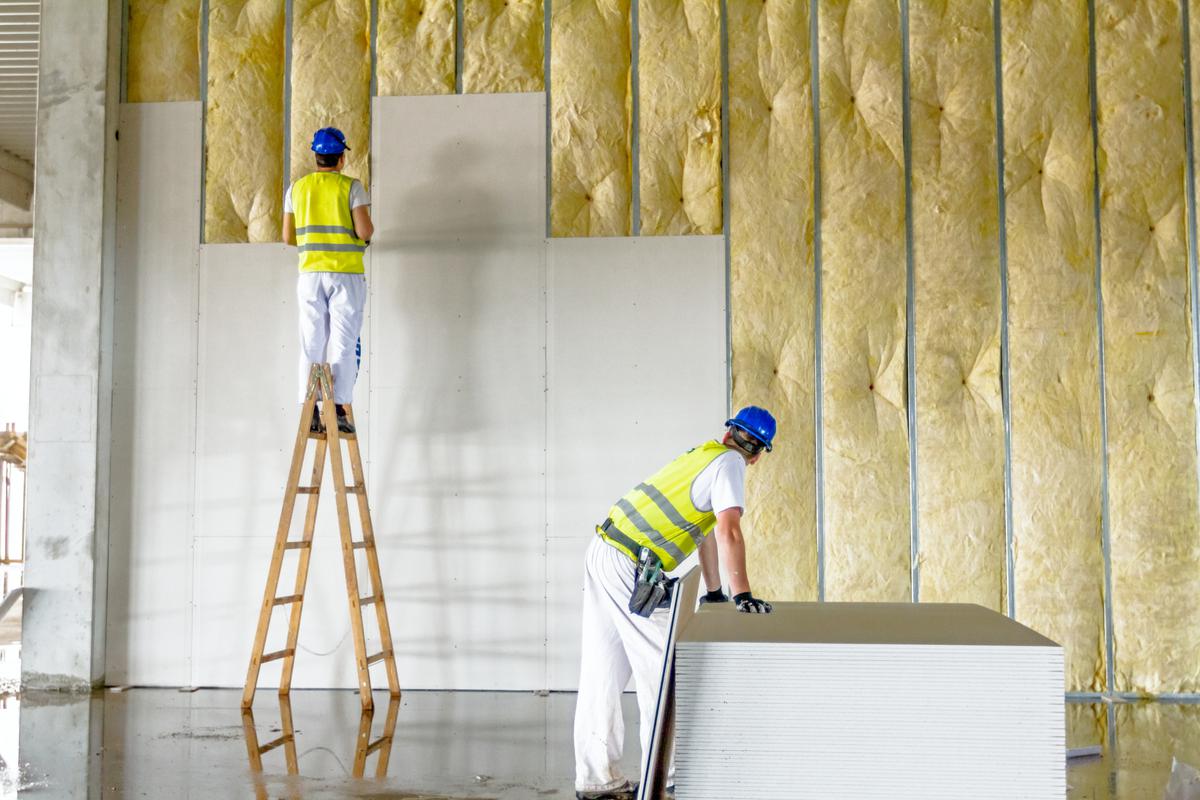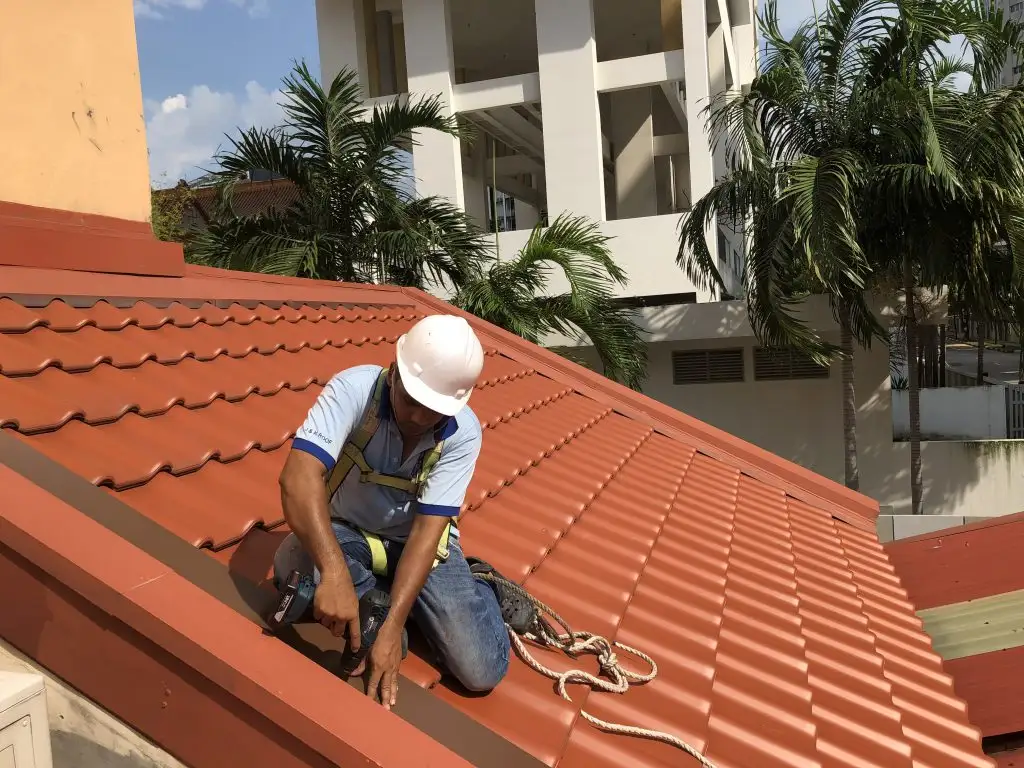5 Features of Environmentally Friendly Houses

Advancements in technology are enabling people to live in houses that are environmentally friendly in a variety of ways. Whether it is the appliances, water and electrical systems or the furnishings, there are plenty of ways to have an attractive house that reduces the carbon footprint.
Table of Contents
1. Energy
The sun and wind are both excellent sources of renewable energy. Solar panels are a popular choice among people who live in areas that get enough direct sunlight. Other people may opt for wind turbines to meet some or all of their energy needs. It is a good idea to find an experienced general contractor who will make sure everything goes smoothly. Codes vary per region, so be sure to look into all applicable laws and regulations before having something installed.
2. Insulation
No matter how energy efficient the heating and cooling system is, unnecessary waste will still be created if the insulation in the house does not adequately do its job. Companies that install insulation sometimes offer different price levels depending on how much insulation will be put in, resulting in some people choosing a cheaper option. While more can usually be added later, it is a good idea to have the optimal level from the beginning. When having insulation installed, inquire about the available options. Look for experts in insulation Boise Idaho to know more of different types of insulation you can install in your home. Some insulation is made from recycled plastic, cotton, or cork. Insulation that is properly installed to recommended thicknesses will hold in the hot or cold air. This will keep the heating and cooling systems from working too hard and save money.
3. Appliances
When shopping for appliances, research their efficiency and see what the Environmental Protection Agency rating is. The machines with a good rating by the EPA will save money while also having just as many features as other appliances. An energy-efficient model can be found for most household needs, such as refrigerators, washers and dryers, toasters and televisions.
4. Technology
Using an efficient heating and cooling system, lights and other electronics saves a lot of energy, but leaving them on when not in use sends those savings out the window. Things like programmable thermostats and special outlets that can be turned on and off with a smartphone app make it easy to keep things from squandering energy. Thanks to smartphone apps, lights and other devices can be turned on or off from anywhere in the world.
5. Furnishings
One thing that some people do not realize is harmful to the environment is the construction of new items. It takes time and resources to craft furniture and home décor products. Buying things that are already in existence is a great way to decrease the carbon footprint. Check out local thrift shops for a great deal on some eclectic items or head out antiquing to find some old-fashioned pieces that can bring a lot of charm and history into the house.
Taking the time to think about ways to conserve water and energy can result in some creative solutions that most people can implement in some way. Nothing lasts forever, and as things break down and become unusable, it is a great idea to replace them with something more efficient.





